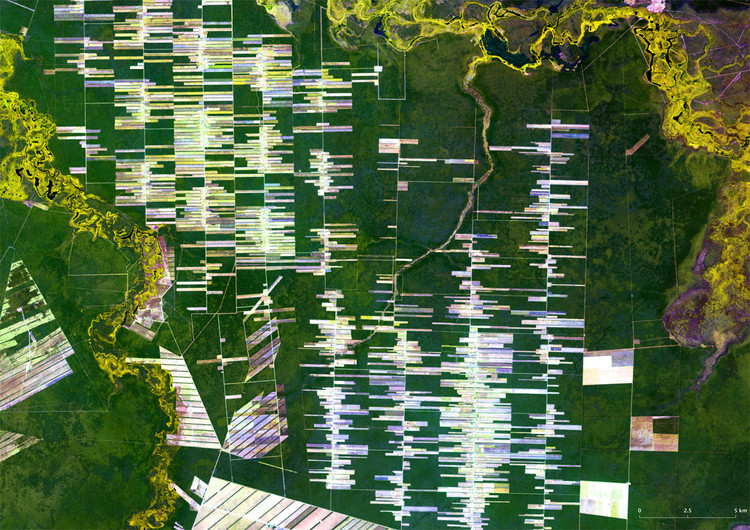
The following article was first published by Volume Magazine in their 47th issue, The System*. You can read the Editorial of this issue, How Much Does Your System Weigh?, here.
In 2006 Venezuelan President Hugo Chávez, Brazilian President Lula da Silva and Argentinean President Néstor Kirchner proposed the construction of a gas pipeline connecting Venezuela to Brazil and Argentina, called the Gran Gasoduto del Sur. Although the project was never built, its path through the Amazon rainforest foregrounds the violent nature of resource extraction. At the same time, the project raised unique questions regarding the architecture of collective politics, particularly if understood in the context of the last fifteen years of political transformations throughout Latin America.


